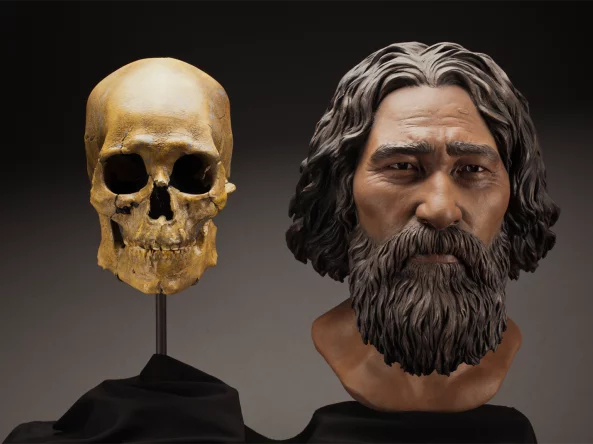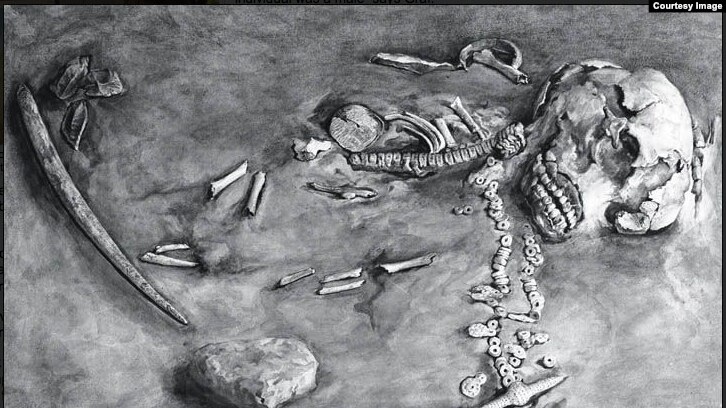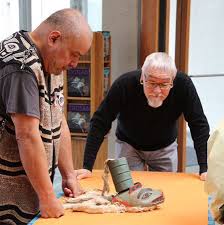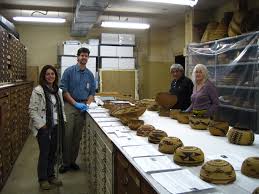After NAGPRA was passed, museums and other institutions began to inventory their collections, flagging any remains that could be affected by the law. Tribes began to file repatriation petitions, and the work of reburials began. Audits ensured that all institutions completed their legal responsibility effectively and quickly.

NPR, Smithsonian Museum
"'It's the chafe between science and spirituality,' writes Kevin Taylor at Indian Country Today, 'between people who say the remains have so much to tell us about the ancient human past that they should remain available for research, versus people who feel a kinship with the ancient bones and say they should be reburied to show proper reverence for the dead.'"
NPR


